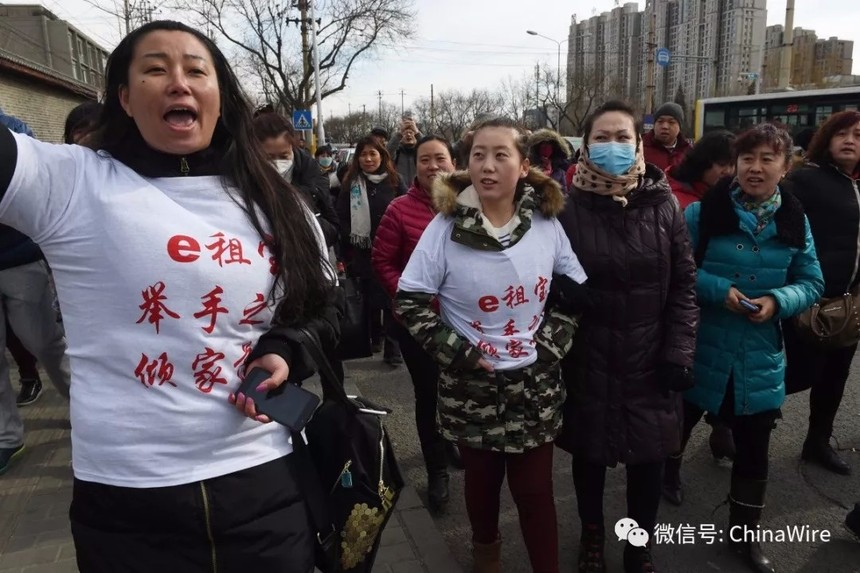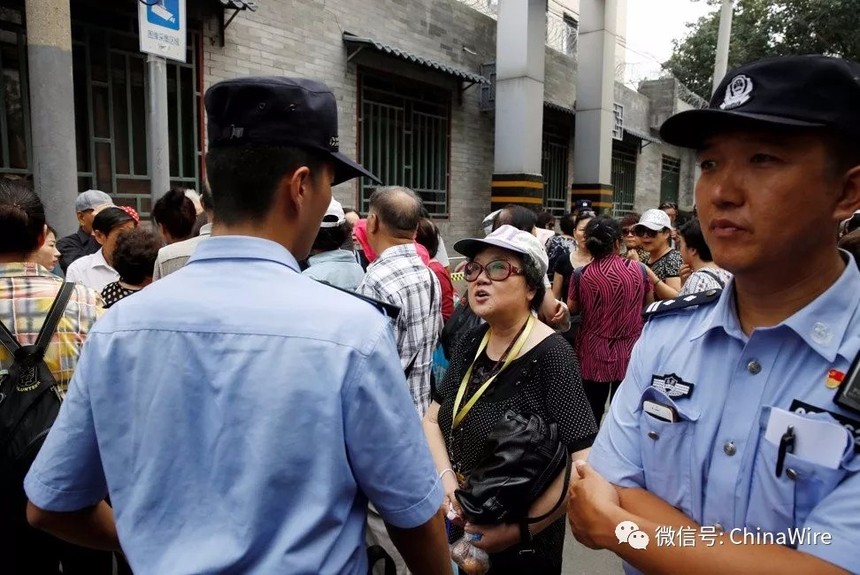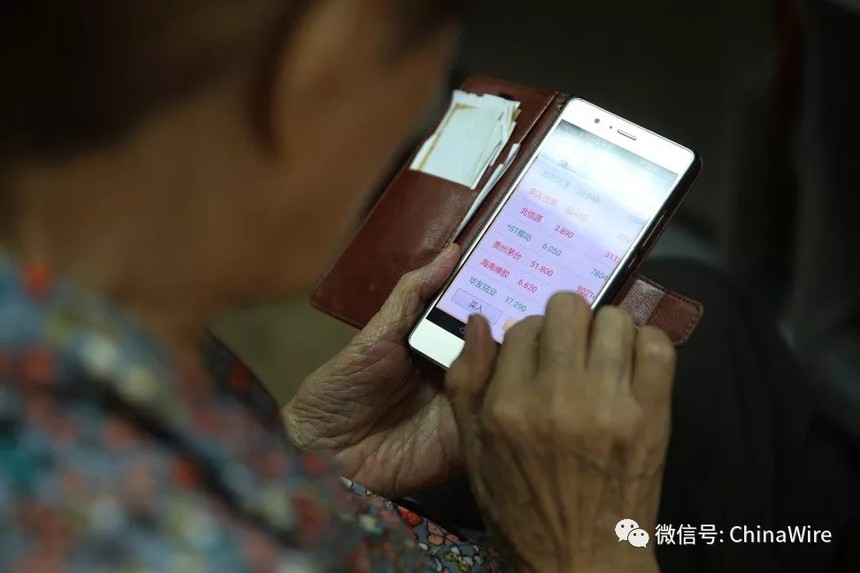|
China’s P2P Lending Market Could be Decimated this Year
Source: scmp.com Racked by scandal, high-profile collapses and high-profile company exits, the world’s largest peer-to-peer lending market could soon face a second reckoning, as Beijing prepares to adopt stricter licensing requirements. China’s peer-to-peer (P2P) industry, much like payday lenders in the United States, has provided a valuable lifeline for some of the country’s most vulnerable consumers and small businesses that have had trouble accessing the traditional banking system, although it only accounts for a small portion of total borrowing in the country. The internet-based lending platforms match private investors – who have money they are willing to lend – with individuals or small companies that want to borrow, with the platforms taking a small cut of each transaction. Investors can make up to 10 per cent annual returns on their lending through the platforms. The number of P2P platforms shrank dramatically last year amid tightening regulation to arrest an epidemic of fraud and weakening investor sentiment fuelled by massive defaults.
“Cleaning up and exiting will be the theme” of China’s new crackdown on P2P platforms, analysts said. Photo: Handout For the lending platforms that remain, the country will start a trial registration process in pilot cities during the second half of this year, according toEconomic Information Daily, a state-run newspaper. The programme will clarify the registration threshold and business boundaries for the remaining P2P services, categorising them into national and regional platforms, and require all of them to set aside general risk reserves and loan loss provision for lenders on the platforms. “Cleaning up and exiting will be the theme [of the registration programme],” Xue Hongyan, director of the internet finance research centre at the Suning Institute of Finance, wrote in a note. “Nearly 90 per cent of all remaining platforms will not qualify for a license.” Xue suggested that only about 100 platforms would survive under the new regulatory environment, out of the 1,021 P2P lending platforms still operating at the end of March. That number has fallen by about half from a year ago due to business failures and pressures from government regulators, according to industry intelligence website WDZJ.com. Katie Chen, a director in the Financial Institutions Group at Fitch Ratings, agreed that the mainland’s P2P industry will continue to shrink as a result of tighter regulation. “[The shrinking of the P2P industry] means a reduction in financing channels for small and medium-sized enterprises (SMEs),” Chen warned. “Given that, we need to see whether the government will provide SMEs some [financial] help via other methods.” Beijing has tried to promote lending to private SMEs through the traditional banking system, with limited success. Indeed, despite top-down orders to funnel money into the real economy, half of new loans issued by China’s big six banks last year went to individual property buyers. As a result, the government has moderated its crackdown on shadow banking activities, to allow operations that have sufficient capital and are lending to the real economy to continue. However, many of the P2P lenders in China do not meet these criteria and Chen warned that the situation could get worse before getting better, since there are many uncertainties about the new licensing process. Some of largest platforms have already run into problems in the first quarter of 2019, including the surprising collapse of Tuandai.com and eye-catching demise of Hongling Capital.
People protest over losses incurred in peer-to-peer (P2P) investment schemes in front of the public security ministry of Dongcheng district in Beijing, China. Photo: Reuters The former firm had about 220,000 lenders and borrowers and a loan balance of 14.5 billion yuan (US$2.17 billion), while the latter was one of the longest-operating P2P platforms in China. The collapse of Tuandai.com brought thousands of protesters to the streets of Dongguan, a city in Guangdong province. Angry investors gathered outside the platform’s headquarters, demanding the return of their money. The demise of Tuandai.com and Hongling Capital came less than a year after the previous wave of P2P collapses in July and August of 2018, when more than 300 mainland platforms failed due to stronger oversight, turning many family-run investors into “financial refugees”. A total of 1,215 platforms exited the market in 2018, of which nearly two-thirds disappeared in a “non-benign manner”, including platform managers running away, leaving investors high and dry, according to industry data tracker P2P001.com. “When the water is deep, the problems are covered up and invisible. But stronger regulation lowered the water table and exposed the problems.” Katie Chen, Fitch RatingsThe total outstanding balance of P2P lending contracted by nearly 30 per cent in 2018 from the previous year, while transaction volume posted the first decline in the sector’s history, shrinking by half compared with 2017. “When the water is deep, the problems are covered up and invisible,” Fitch’s Chen said. “But stronger regulation lowered the water table and exposed the problems [of illegal and irregular P2P operations].” In recent months, China’s government has eased up on its campaign to cut debt and risky lending, as it attempts to arrest slowing economic growth. Chinese banks extended 1.69 trillion yuan (US$252 billion) in net new local currency loans last month, up sharply from 886 billion yuan in February. But even amid this campaign, curbing systemic financial risks remains a top priority for regulators, with the P2P industry a particular focus. “Risks in online finance, especially P2P lending, still need to be monitored closely, as there are still many illegal financial activities,” Wang Jingwu, head of Financial Stability Bureau at the People’s Bank of China, the country’s central bank, said last month, noting the country faces “a period of high financial risk” this year.
P2P lending has become a popular means of lending money the younger generation in China that prefers to handle their financial affairs via smartphone. Photo: EPA-EFE George Xu, an analyst for credit strategy and standards at Moody’s Investors Service, said the industry has “increasingly become a breeding ground for fraud and some misappropriation” of funds. “Many of these platforms claim to act as a pure middleman between the borrowers and the lenders, but eventually they originate their own [financial] products to raise funds from the investors and then use those proceeds to fund risky, or even fraudulent, lending and long-term investments,” he said. “Such practices have created significant credit and liquidity risks for P2P platforms.” The pilot registration programme will require national platforms to hold general risk reserves equal to 3 per cent of the lending made through their firm, and set aside an amount equivalent to 6 per cent of each borrowing as a loan-loss provision for lenders, according to Economic Information Daily. The ratios for regional platforms will be 1 per cent and 3 per cent, respectively. The new reserve requirement is likely to raise the costs of borrowing via P2P platforms. The programme will also introduce investment caps for individual lenders, with an upper limit of 200,000 yuan (US$29,817) for each platform and a cap of 500,000 yuan for overall investment across different platforms. “New regulations will require some platforms to shift their funding sources away from retail investors to wholesale or institutional funding sources,” Fitch’s Chen predicted. The government is also discussing converting some platforms into internet microlending platforms, said Richard Xu, China banking analyst at Morgan Stanley. “Obviously, internet microlending companies will have stricter requirements on leverage and interest rates,” he added. Although the new regulation is expected to weigh on P2P lending, analysts said Beijing does not intend to give up on the industry it once touted as a major innovation in reforming China’s financial sector. Following the regulatory crackdown, many SMEs with weaker fundamentals will still find it difficult to access new funding from either the formal banking system or the bond market in the future. George Xu, Moody’s Investors Service “Killing the P2P industry is not the goal of supervision,” Chen said. “The idea is to be consistent with the supervision of other shadow banking products, sweeping away illegal and irregular platforms, and making the industry more sustainable and transparent.” The P2P sector has become a necessary part of China’s financial system and the fundamental demand for borrowing from P2P platforms is still there, Chen said. “The Chinese government is now vowing to improve the financing environment for SMEs and the P2P sector can meet the financing needs of SMEs,” she added. “We think policy measures have only partially alleviated the funding stress suffered by privately owned enterprises, especially among small businesses,” George Xu, the Moody’s analyst, said. “Following the regulatory crackdown [on shadow banking], many SMEs with weaker fundamentals will still find it difficult to access new funding from either the formal banking system or the bond market in the future.” Zhang Lin, an independent Chinese economist and columnist, urged P2P platforms to return to their original purpose: lending to SMEs that lack access to traditional funding channels and providing accessible, low cost loans to the younger generation that prefers to handle their financial affairs via smartphone. “Only by doing that can they be valuable to the market and not be afraid of regulatory policies every day and night,” he wrote in a recent note. The pilot registration programme is likely to trigger consolidation in the industry, but mergers and acquisitions do not mean sector giants would emerge. Companies that become too large, would bring the threat of volatility to the financial sector that regulators are desperate to avoid. “I think the big players are definitely consolidating their market shares in the P2P space. But on an absolute basis, it does not seem like they are becoming bigger,” said Katherine Lei, co-head of Asia financials research at JP Morgan. “Industry data shows that P2P loans are still contracting and the number of P2P investors is still going down. But I think the pace of contraction is slowing down.” The market share of the top 50 P2P companies in China has increased from about 35 per cent at the beginning of 2017 to 86 per cent at the end of last year, according to JP Morgan. Lending, however, fell to 733 billion yuan in March this year, less than half the peak of 1.3 trillion yuan (US$193 billion) in June 2018, JP Morgan data shows. And while P2P lending has offered an important lifeline to many individuals and businesses in China, it remains a minuscule slice of overall borrowing. Data from Moody’s Investors Service showed that last year, P2P accounted for just 2.4 per cent of total banking assets in 2018 – and it is falling. The value of the P2P lending balance dropped to less than 1 per cent of the Chinese economy last year and might continue to decline, according to Fitch Ratings. This leads analysts to believe that while the crackdown may have some ripple effect through the world’s second largest economy, it should be easily contained. “The situation in the P2P industry is not an influential factor for China’s sovereign and financial system ratings,” Chen said. |





